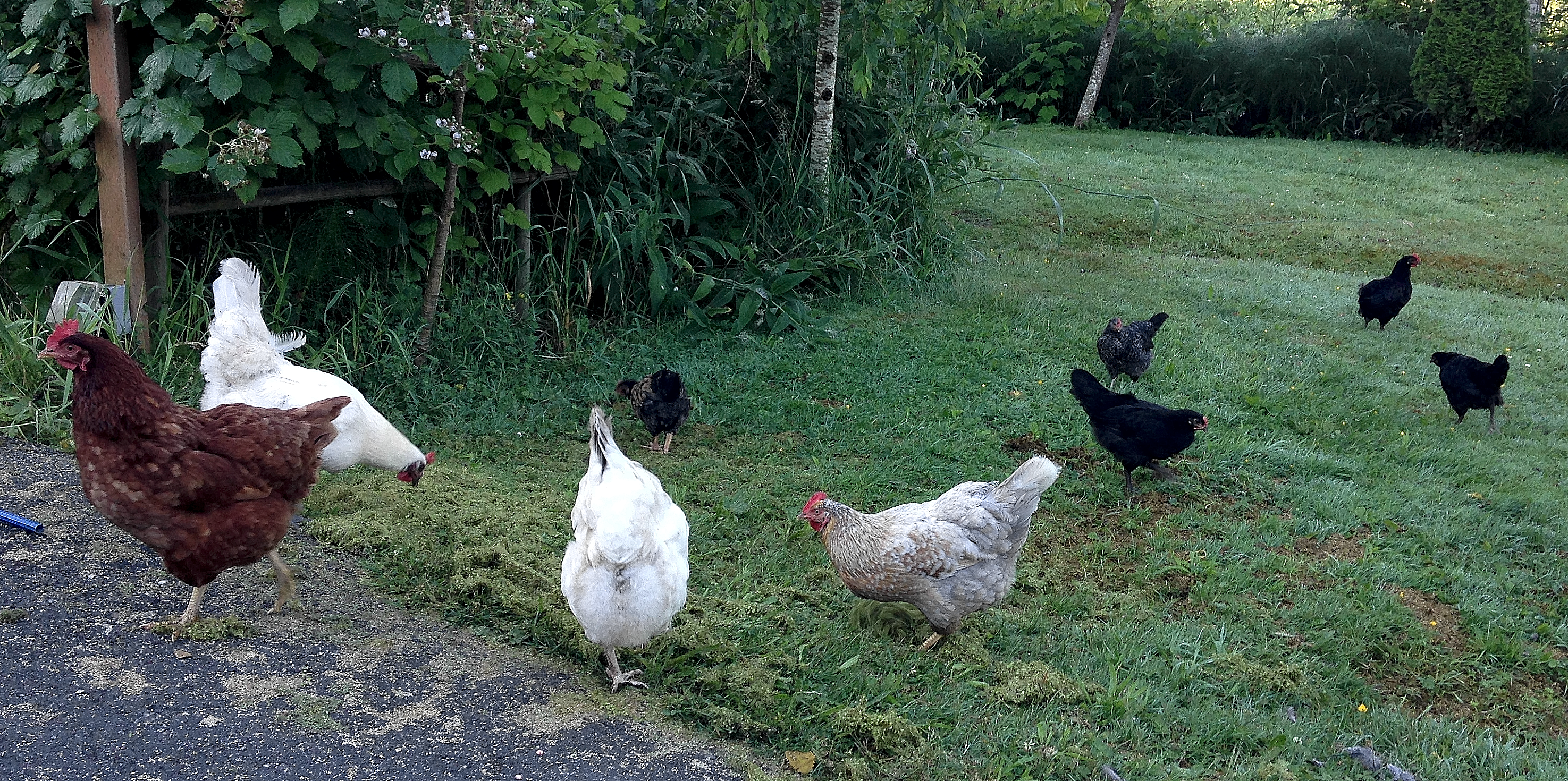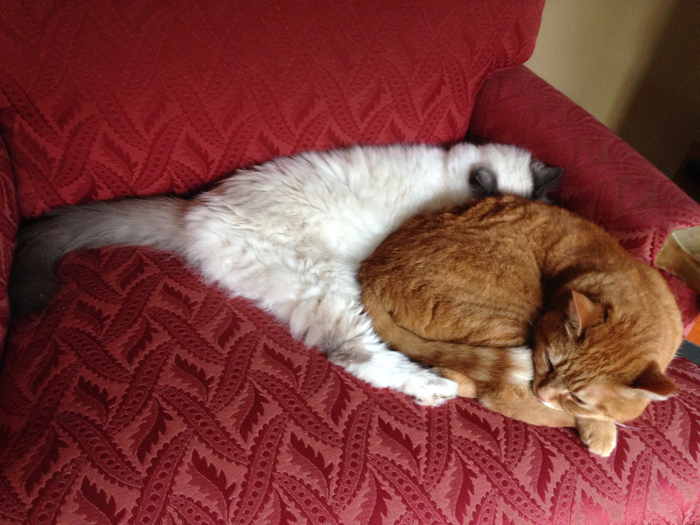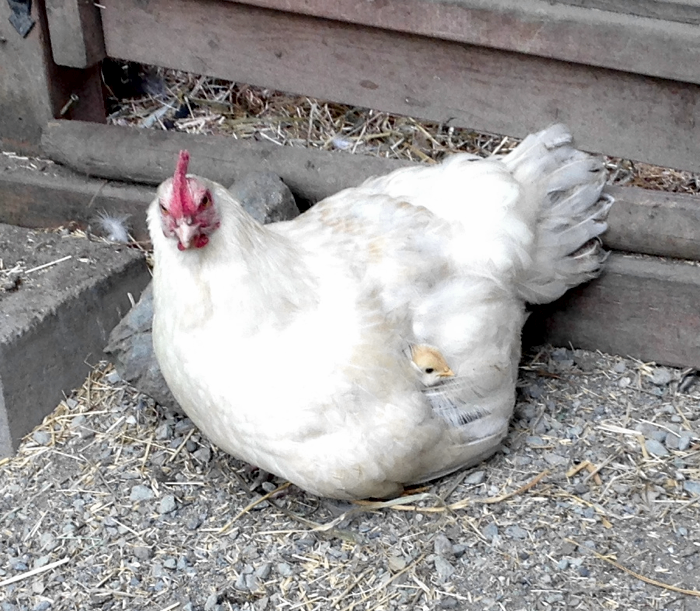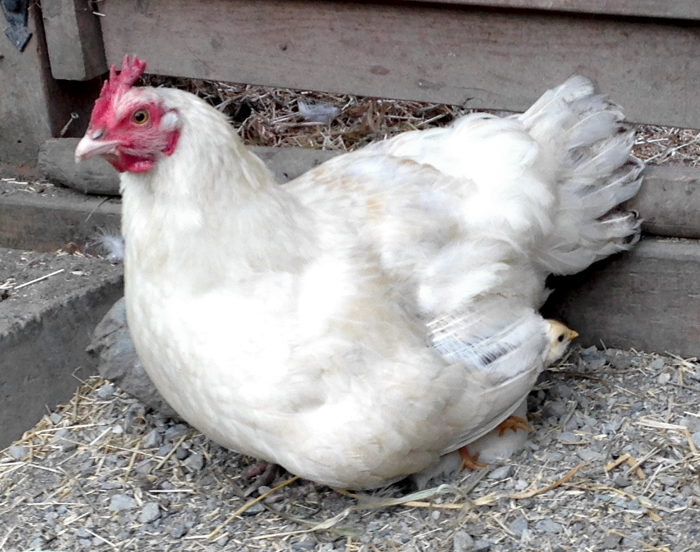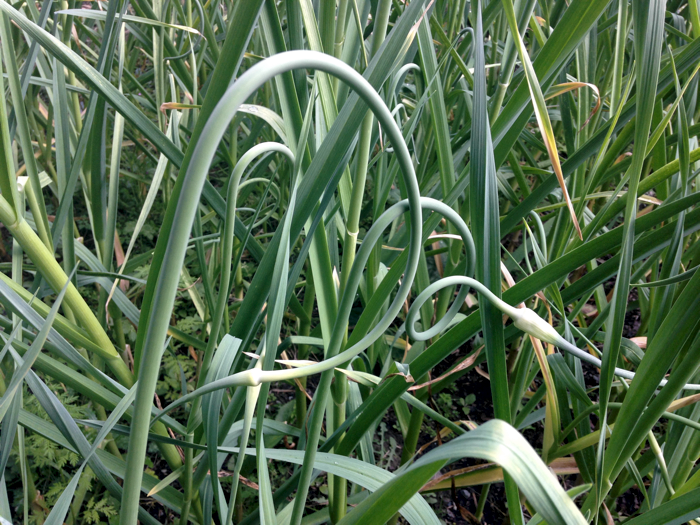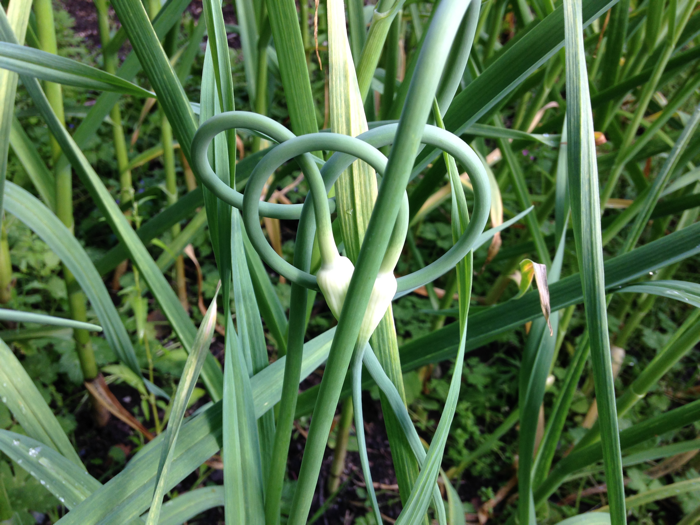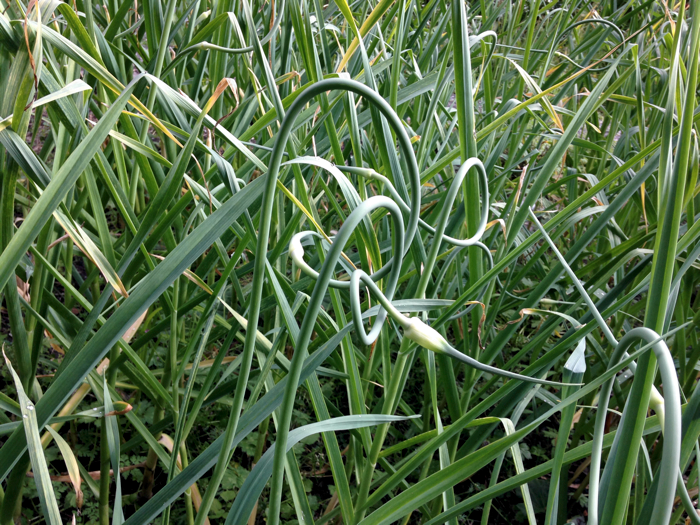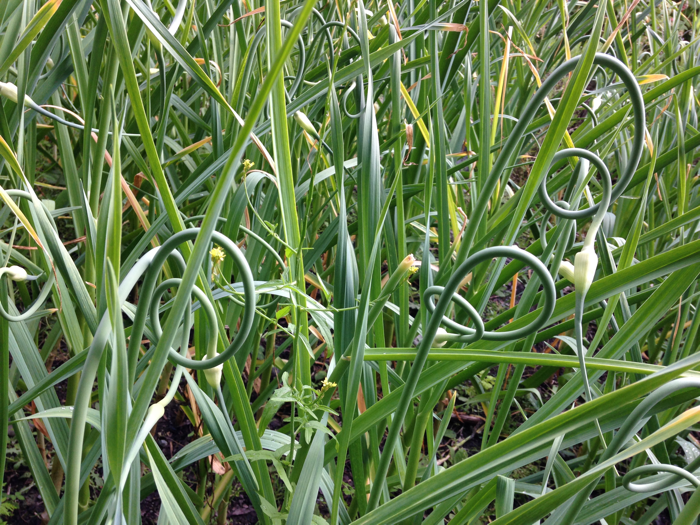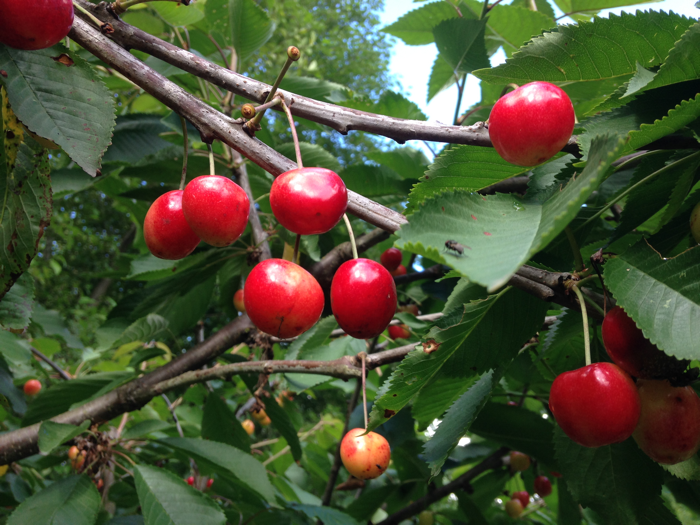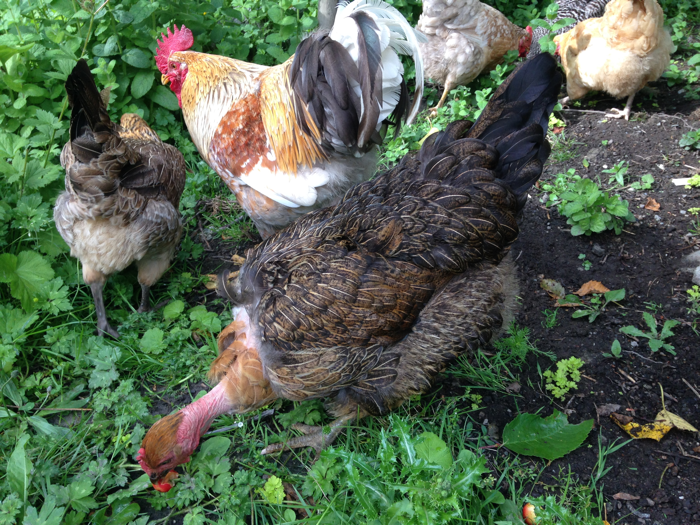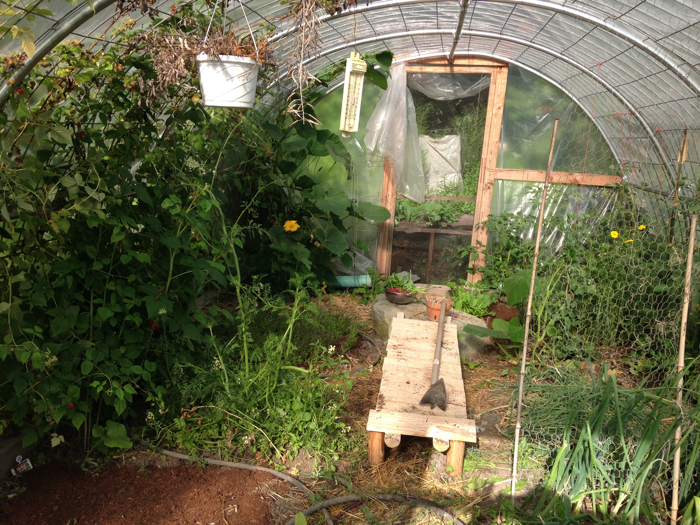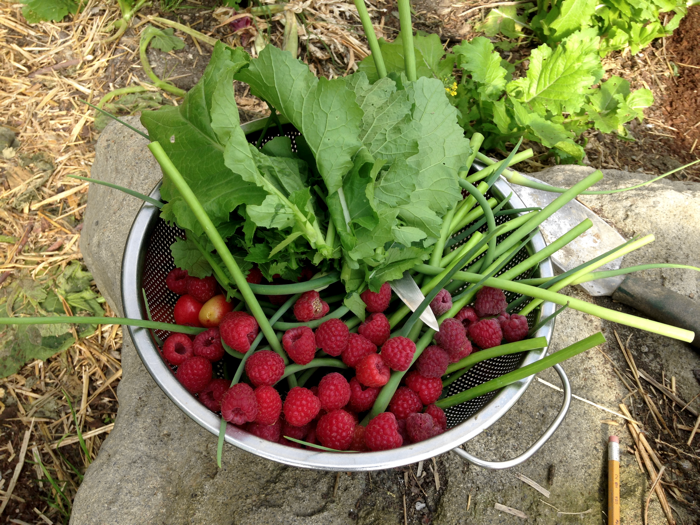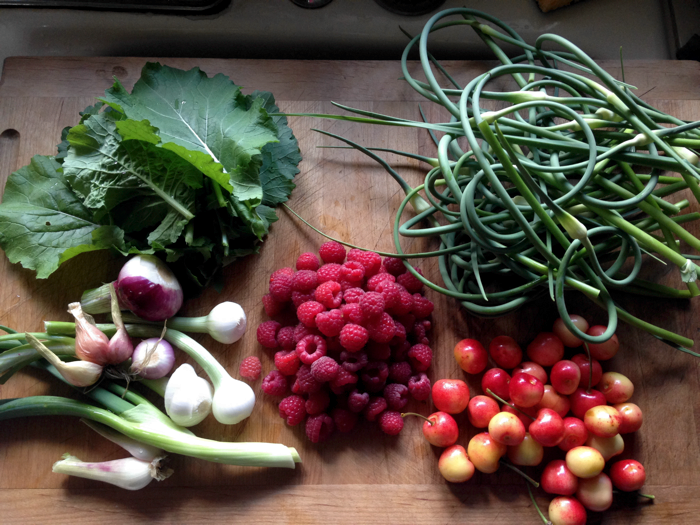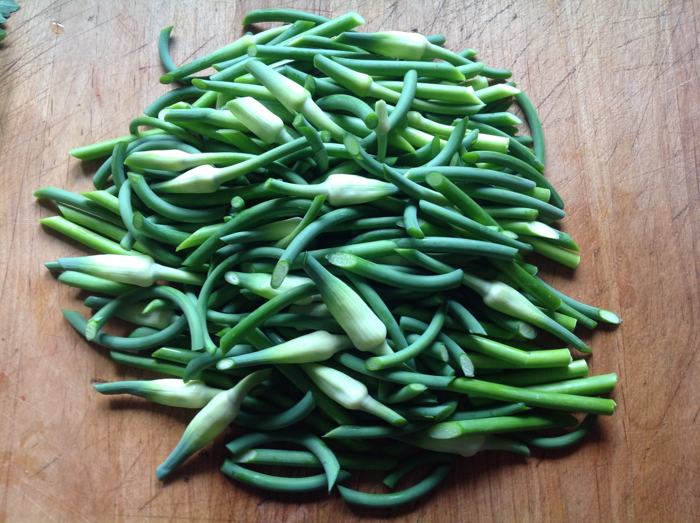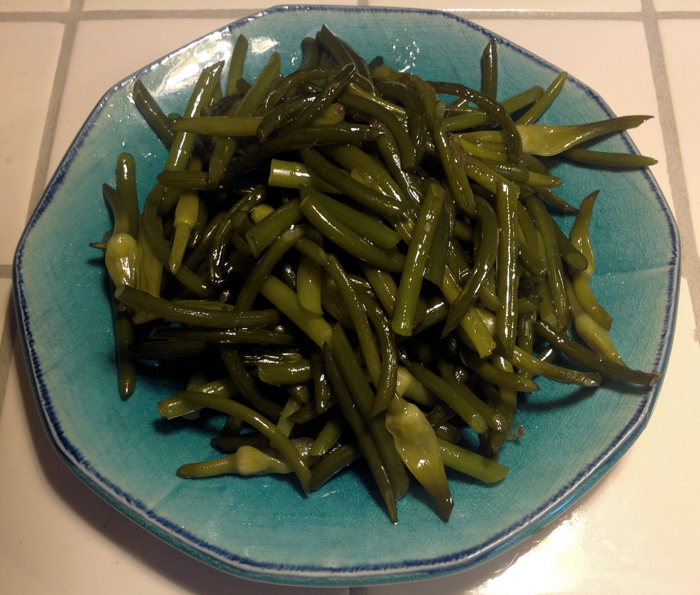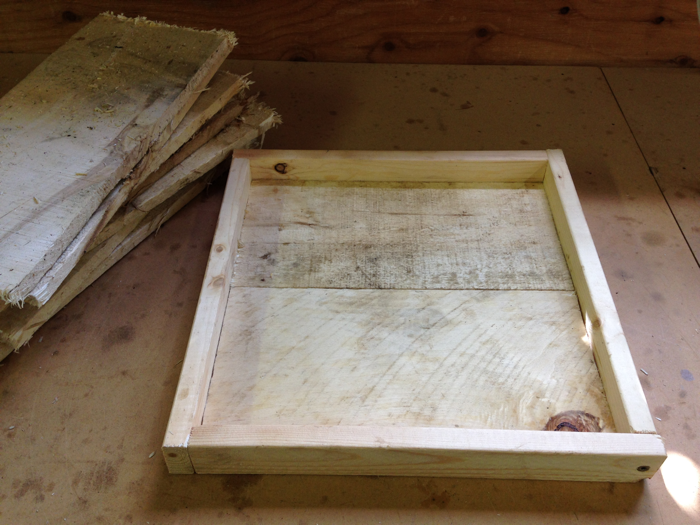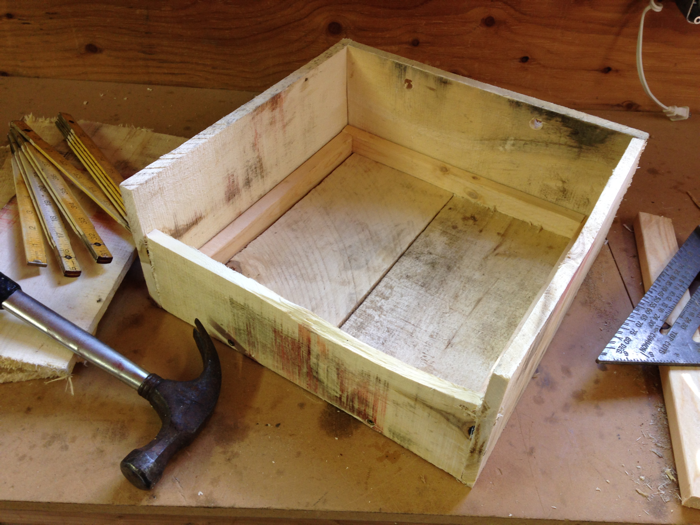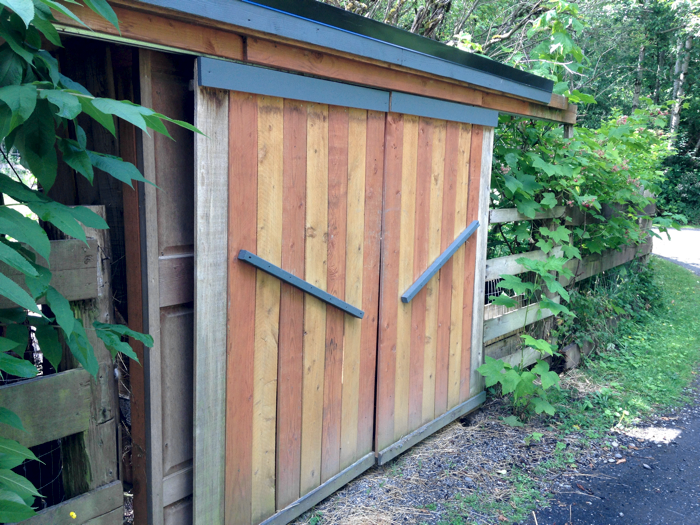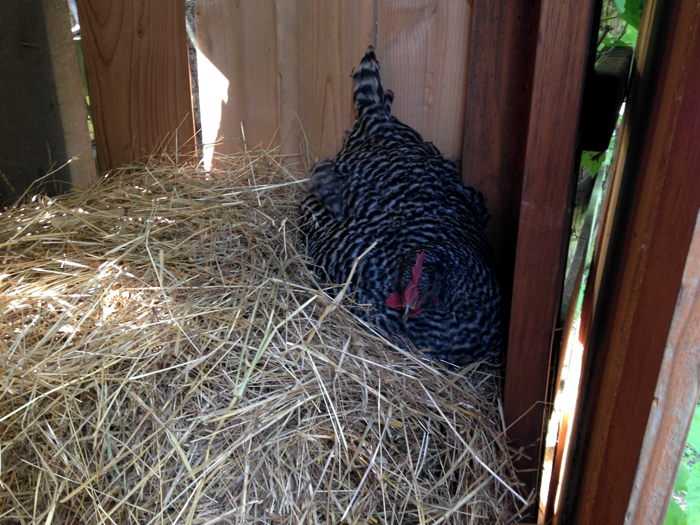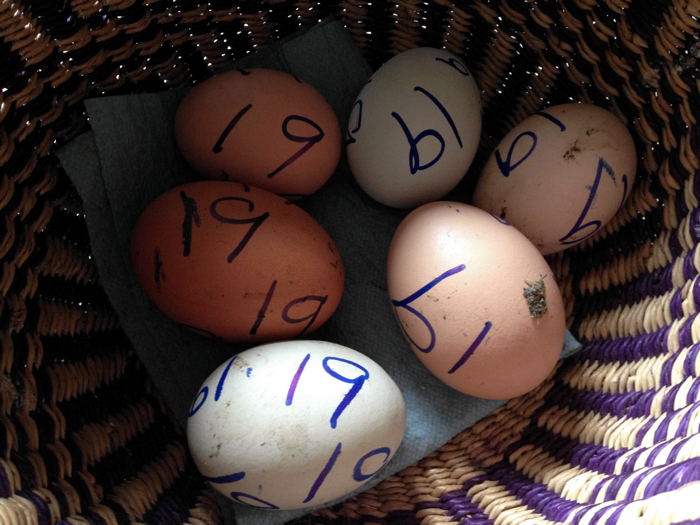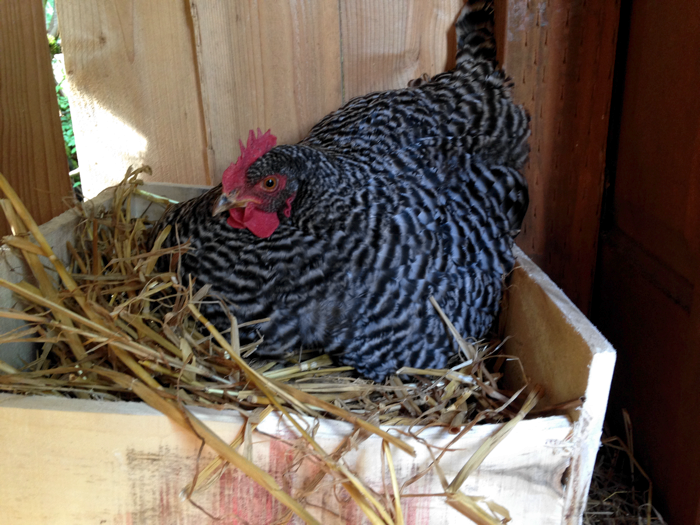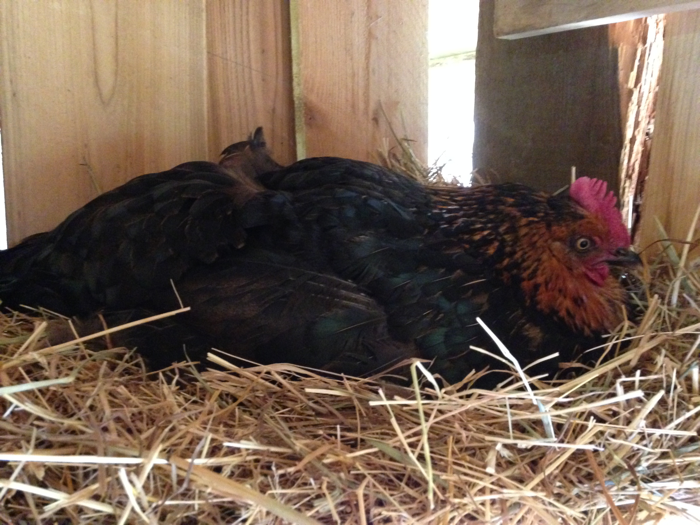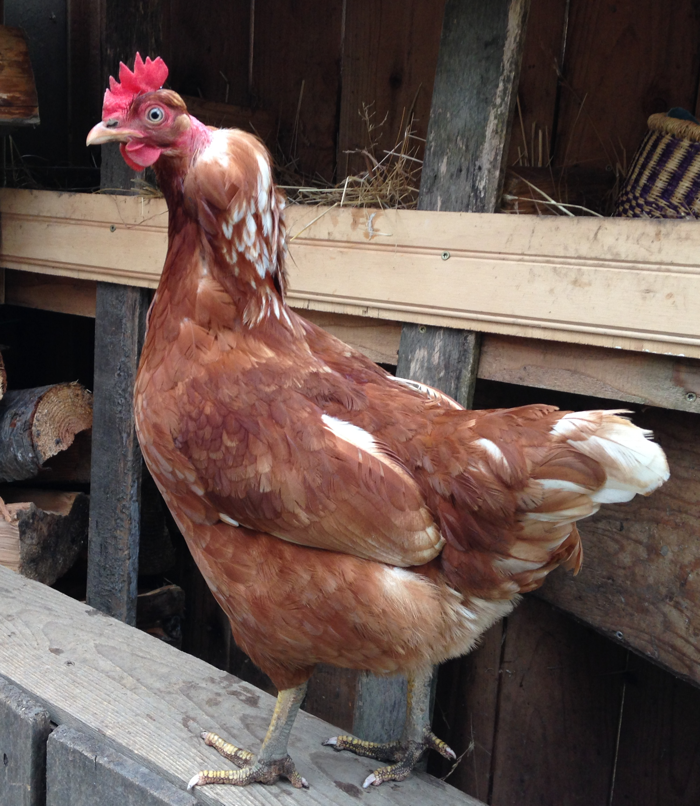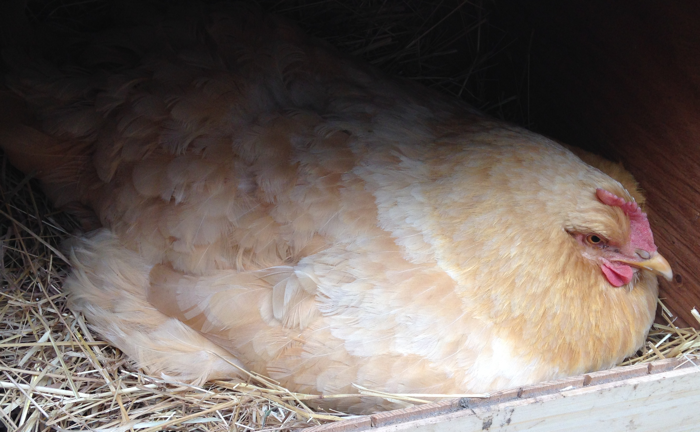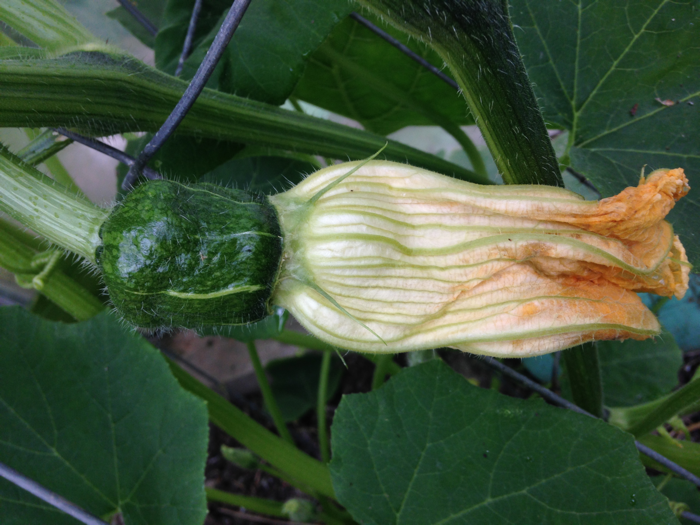This last day of June, the hydrangea are starting to bloom. In Japan, hydrangea bloom during the rainy season in June and July. Growing up I associated their flowers with rain and snails. When I close my eyes and think of hydrangeas, they are always wet with drops of fresh rain water dripping off them. Here, hydrangea bloom during the dry season from July through August. They are rarely wet and in this land of no snails, you never see a snail sliding across a wet hydrangea leaf.
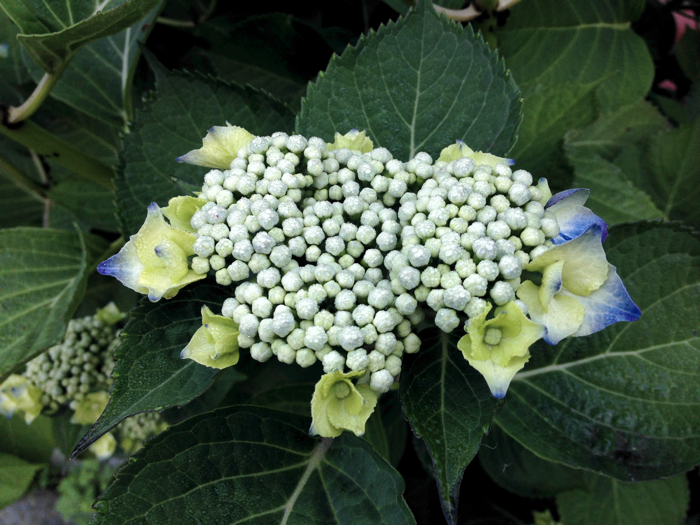
South of Tokyo in Kamakura you’ll find Meigetsu-in, a Zen temple founded in 1383 also known as the Hydrangea Temple 紫陽花寺 because of its many hydrangeas. There are some 2,500 hydrangea on the temple grounds with 80 to 90 percent of them an old variety known as Princess Hydrangea. On busy days when the hydrangea are in bloom, the line of visitors waiting to get into the temple grounds can stretch for a third of a mile.

There are no lines here to see the hydrangea. Only a handful of people have ever seen the hydrangea bloom at A Man and His Hoe®. Actually, more chickens than people have seen them in bloom, though this morning, the chickens are more interested in pecking through the duckweed I pulled out of the pond for them. Maybe they will pause and admire the hydrangea when they are in full bloom and they have had their fill of duckweed, tadpoles, and waterbugs.
